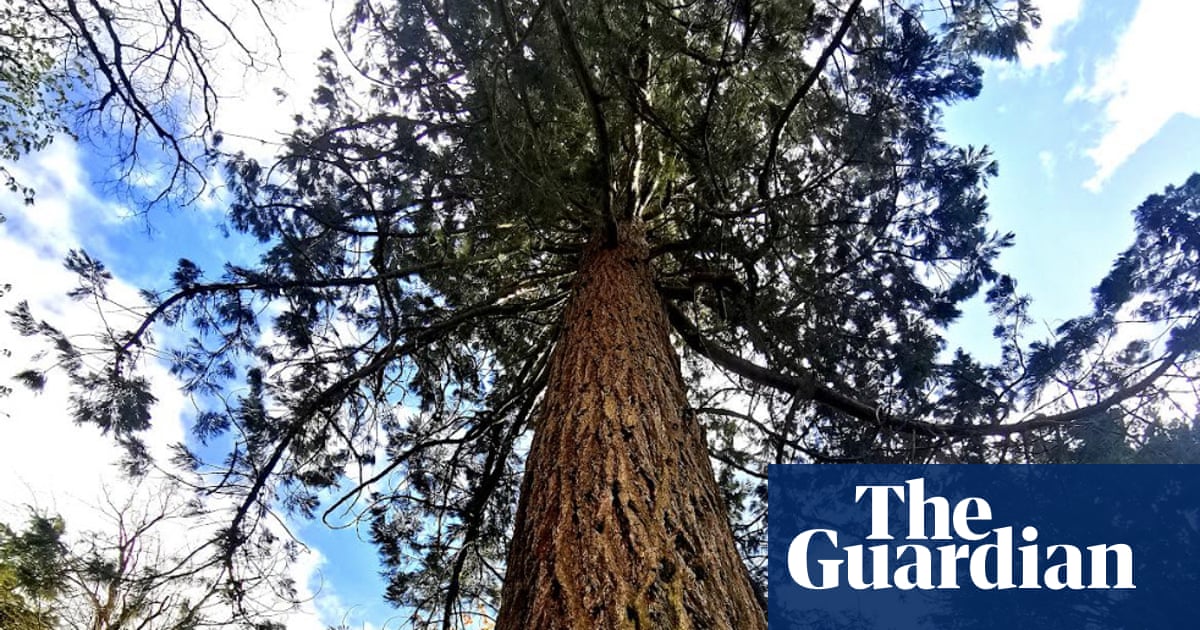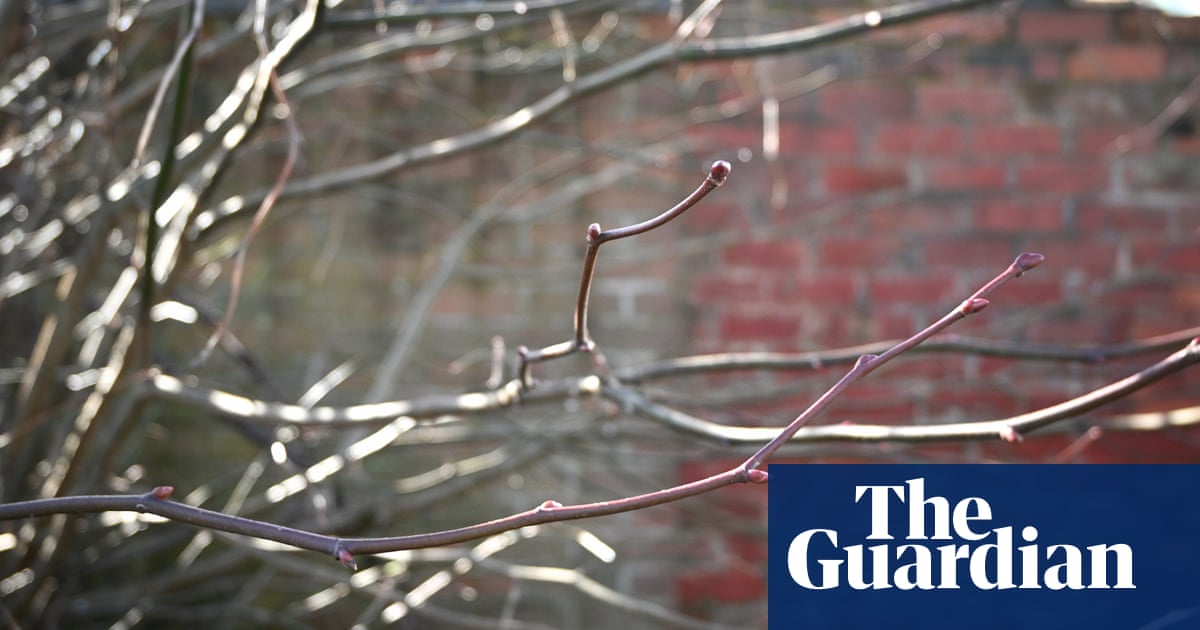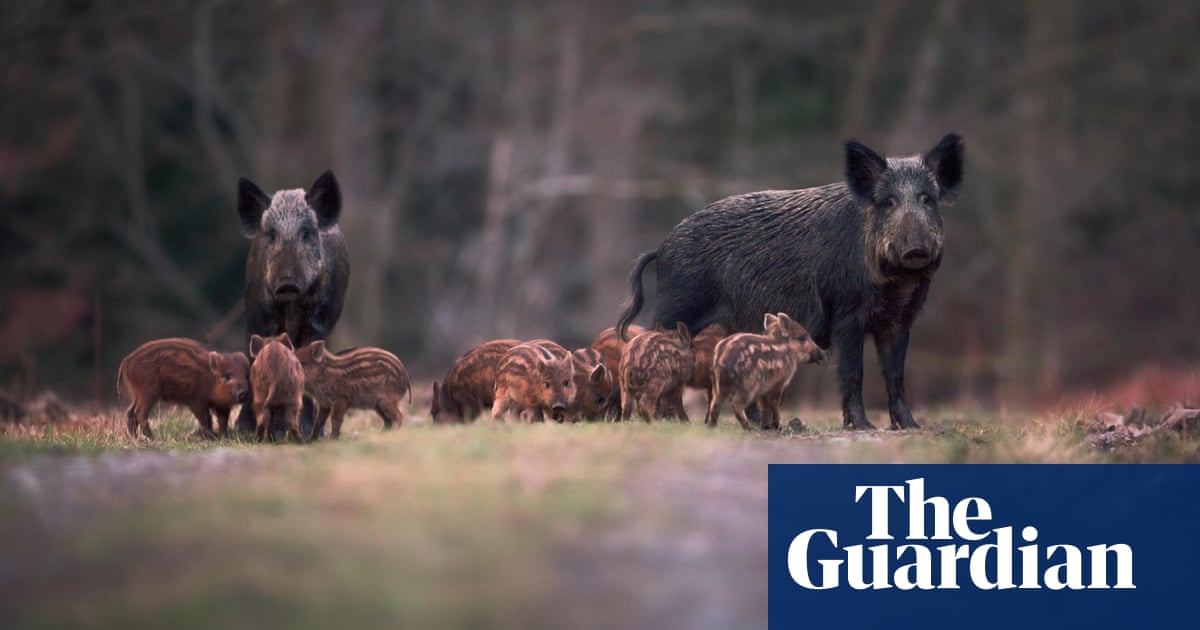
Under the great grey beeches at the western end of this Wildlife Trust reserve, a narrow muddy trail branches off the main ride and winds along the northern edge of the wood.
A hefty chunk of white porcelain is the first indication of a history slowly being absorbed by brambles and trees. Partially concealed concrete floors, bricks, broken toilets and fragments of cast iron are scattered among the autumn leaves, indicating that this wood was once inhabited. A decaying British army boot from the second world war hints at a military past.
After the war, the fields north of the wood, now a quarry, were a patchwork of accommodation huts for German prisoners of war; the visible remains were the administration buildings. PoW camp 702 RAF Kingscliffe was primarily a dispersal centre where prisoners were billeted after arriving from America.
The allies had agreed to apportion PoWs equally between them, but the massive captures in north Africa overwhelmed the UK, so America took on thousands of “British” PoWs. In 1945, the US sent its prisoners back to Germany, but not the British ones. They came to the UK, swelling the numbers here to 400,000. We decided to slowly feed PoWs back into Germany in case hundreds of thousands of war veterans descending on a broken country created a volatile humanitarian crisis. The Wehrmacht personnel arriving at Sulehay, while their prisonmates went home, had morale issues, according to a 1946 inspection report.
PoWs were dispatched widely to work in the fields and construction. Some, probably those expressing anti-Nazi attitudes, were selected for education programmes, including one at Wilton Park, which gave training in democracy and citizenship. This sounds condescending, but was apparently well received. Although there were Geneva convention concerns about German PoWs being put to work, one outstanding statistic is that only 0.03% of German PoWs died in the hands of British captors, compared with 58% in the Soviet Union, 2.6% in France and 0.15% in the US.
The PoWs were returned to Germany during 1947 and 1948, but the camp did not fall into immediate disuse, being then used as temporary housing for British families.












